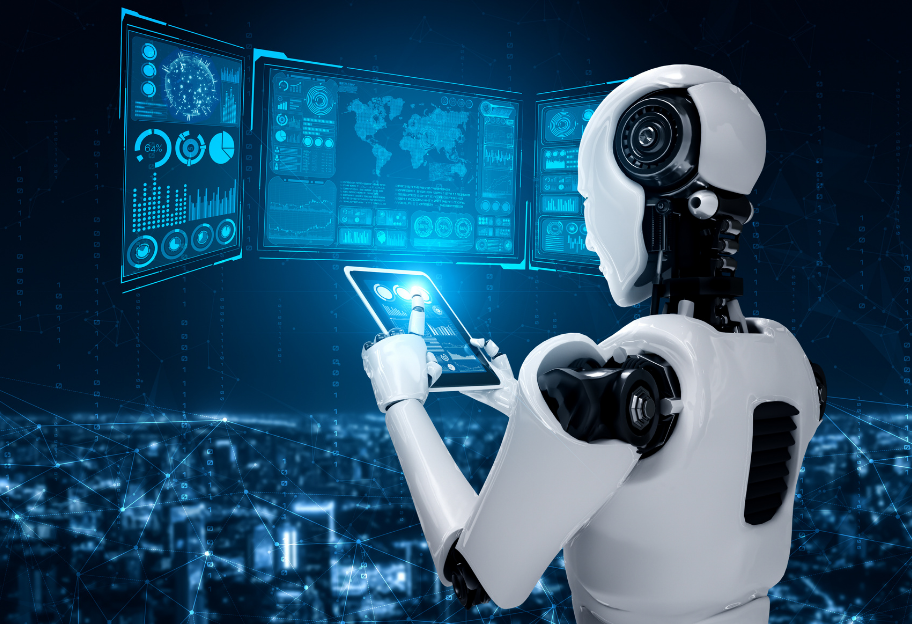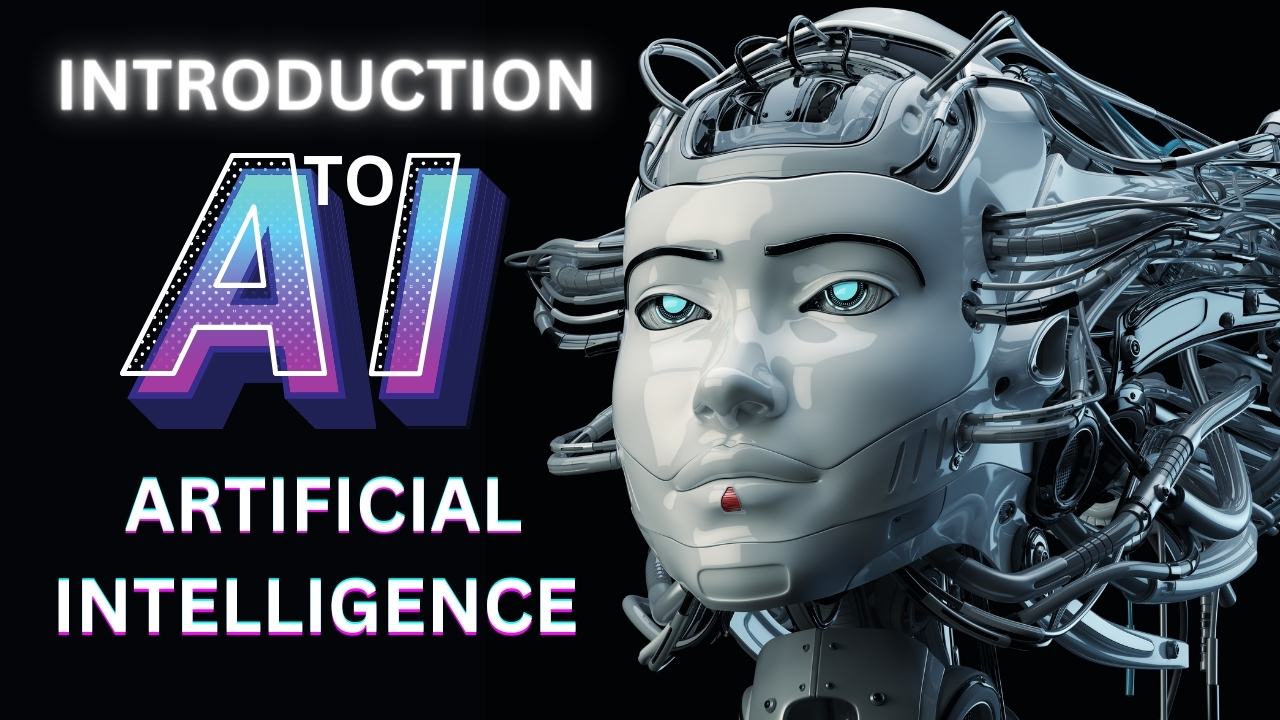Description
Introduction:
“Applied AI: Building Intelligent Systems” is an advanced course designed for professionals and enthusiasts who want to go beyond theoretical knowledge and dive into the practical aspects of artificial intelligence. This course focuses on the application of AI techniques to build intelligent systems that can solve real-world problems. Participants will learn how to design, develop, and deploy AI-powered solutions using state-of-the-art tools and frameworks. The course covers various AI technologies, including machine learning, natural language processing, and computer vision, providing hands-on experience in creating AI models and integrating them into functional systems. By the end of the course, participants will have the skills and knowledge to develop AI applications that can enhance business processes and create innovative products.
Prerequisites:
- Strong programming skills (preferably in Python).
- Understanding of basic AI and machine learning concepts.
- Familiarity with data structures, algorithms, and software development practices.
- Experience with AI or data science projects is recommended but not required.
Table of Contents:
1. Introduction to Applied AI
- 1.1 Overview of Applied AI
- 1.2 The Role of AI in Building Intelligent Systems
- 1.3 Case Studies: Real-world Applications of AI
2. AI Development Tools and Frameworks
- 2.1 Introduction to Popular AI Tools and Libraries
- 2.2 Setting Up the AI Development Environment
- 2.3 Overview of TensorFlow, PyTorch, and Keras(Ref: Computer Vision with OpenCV and TensorFlow )
3. Designing AI Solutions
- 3.1 Understanding the Problem Domain
- 3.2 Defining AI Solution Requirements
- 3.3 Planning and Architecting AI Systems
4. Building Machine Learning Models
- 4.1 Data Collection and Pre-processing
- 4.2 Feature Engineering and Selection
- 4.3 Training, Evaluating, and Optimizing Models
5. Natural Language Processing (NLP) in Practice
- 5.1 Building NLP Models: Text Classification and Sentiment Analysis
- 5.2 Implementing Chatbots and Virtual Assistants
- 5.3 Leveraging Pre-trained Language Models (e.g., BERT, GPT)
6. Computer Vision Applications
- 6.1 Introduction to Image Processing and Object Detection
- 6.2 Building Image Classification Models
- 6.3 Implementing Facial Recognition Systems
7. Integrating AI Models into Systems
- 7.1 Model Deployment Strategies
- 7.2 Building APIs for AI Models
- 7.3 Integrating AI into Web and Mobile Applications
8. AI in Robotics and Automation
- 8.1 Introduction to AI for Robotics
- 8.2 Building Autonomous Systems
- 8.3 Applications of AI in Industrial Automation
9. Ethical and Security Considerations
- 9.1 Addressing Ethical Challenges in AI Systems
- 9.2 Ensuring Security and Privacy in AI Applications
- 9.3 Best Practices for Responsible AI Development
10. Hands-on Projects
- 10.1 End-to-End Project: Developing an Intelligent System
- 10.2 Project Presentation and Peer Review
- 10.3 Troubleshooting and Improving AI Models
11. Conclusion and Future Directions
- 11.1 Recap of Key Learning Points
- 11.2 Exploring Emerging Trends in Applied AI
- 11.3 Resources for Continuing Education and Research in AI
To conclude; In summary, Applied AI offers transformative potential across various industries, driving innovation and efficiency. By understanding its tools, techniques, and ethical implications, professionals can harness AI to create intelligent solutions that address real-world challenges.







Reviews
There are no reviews yet.